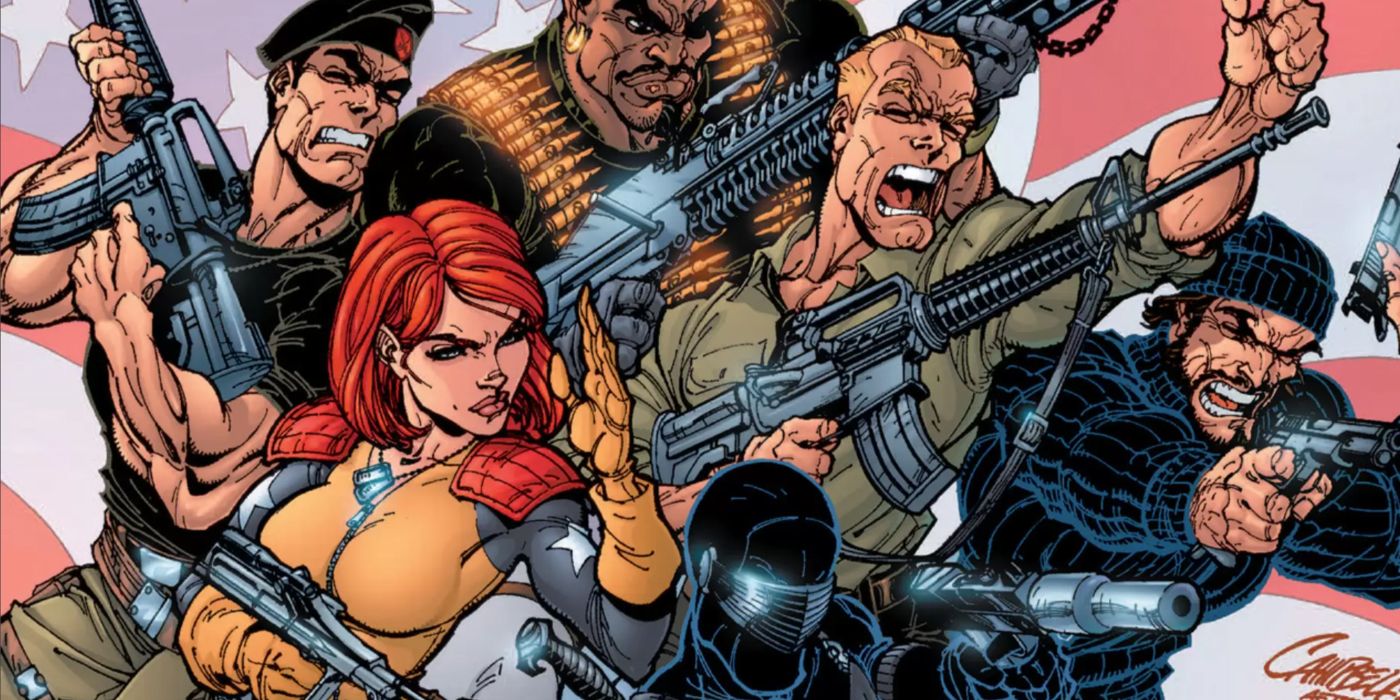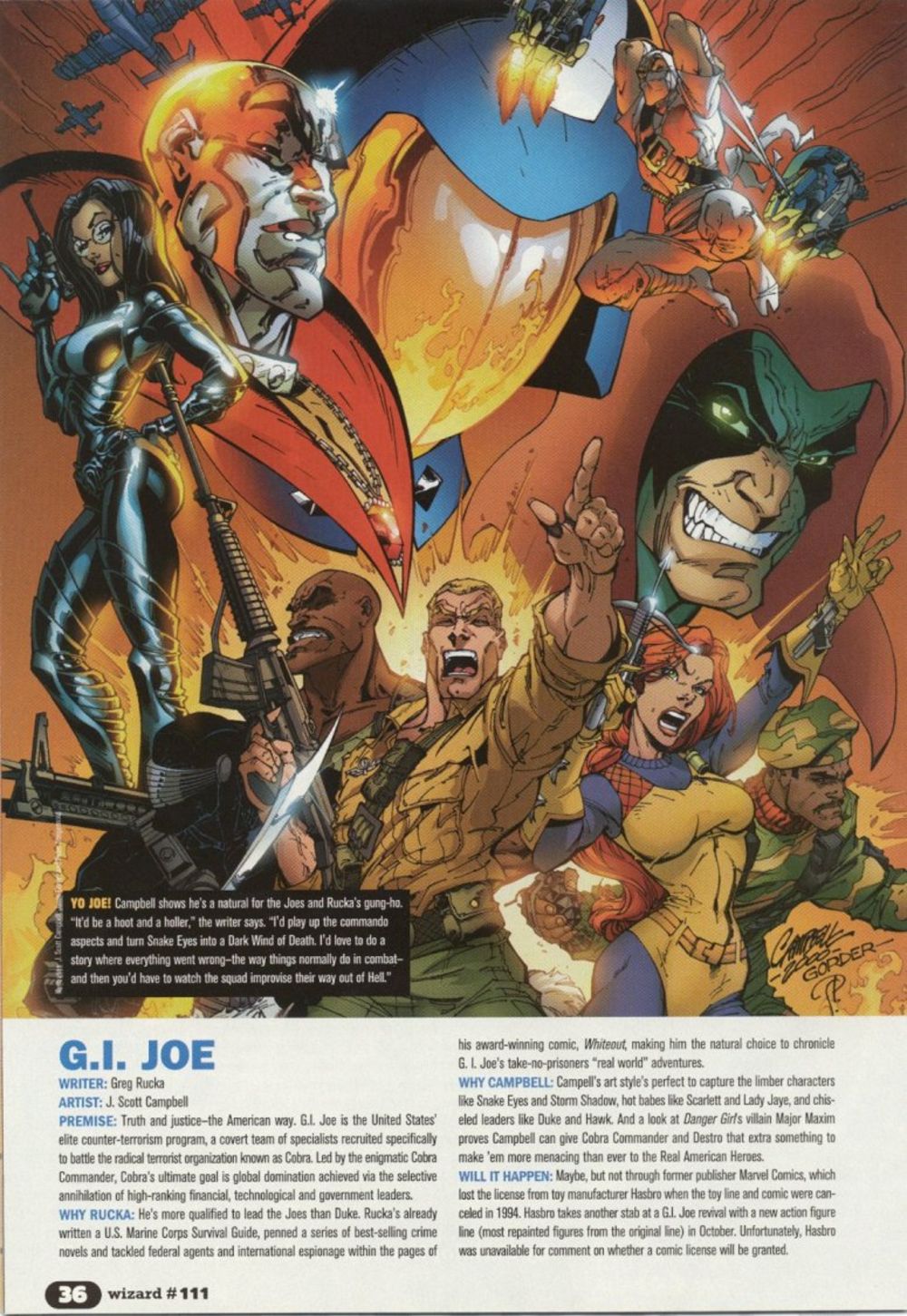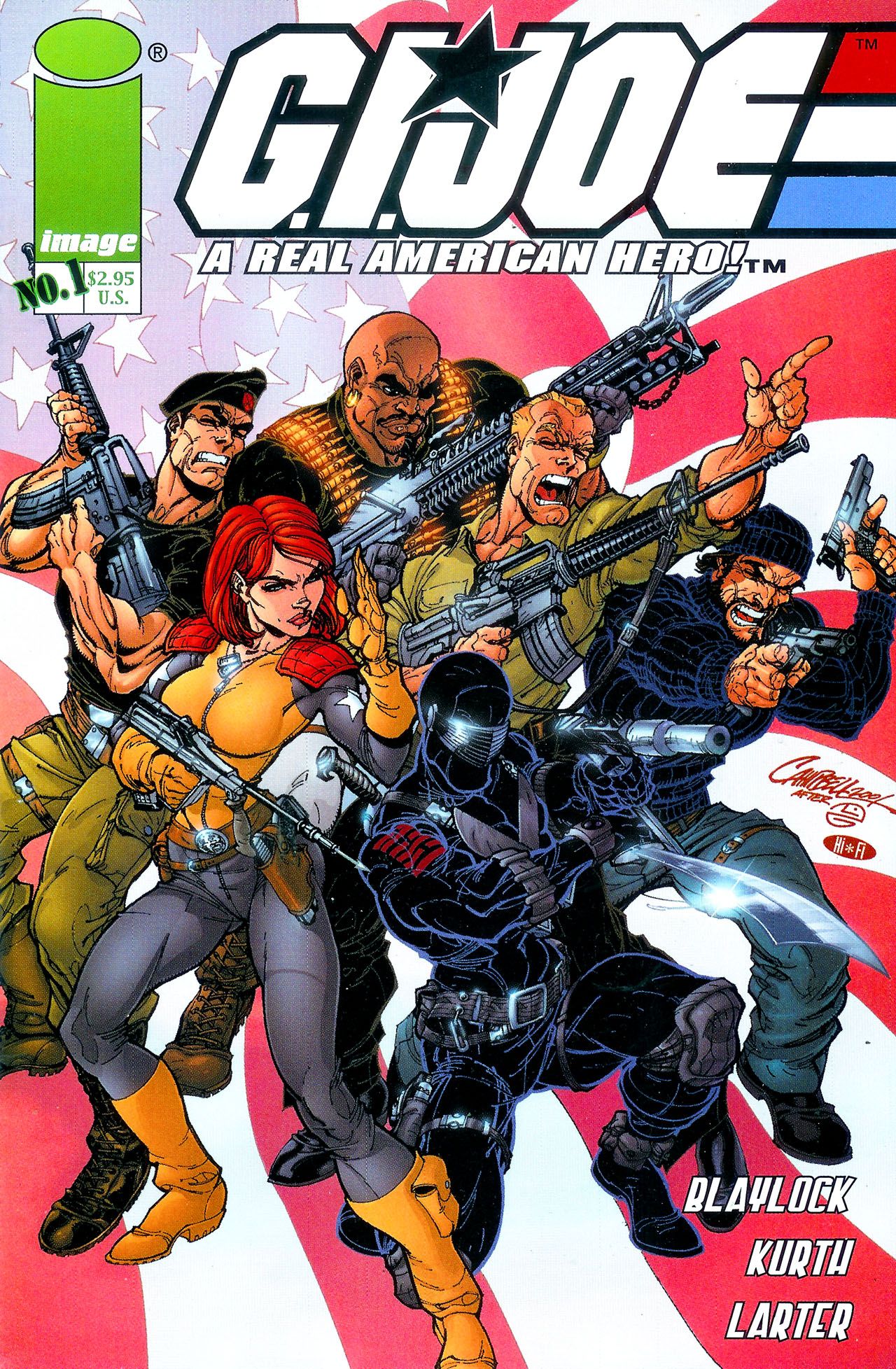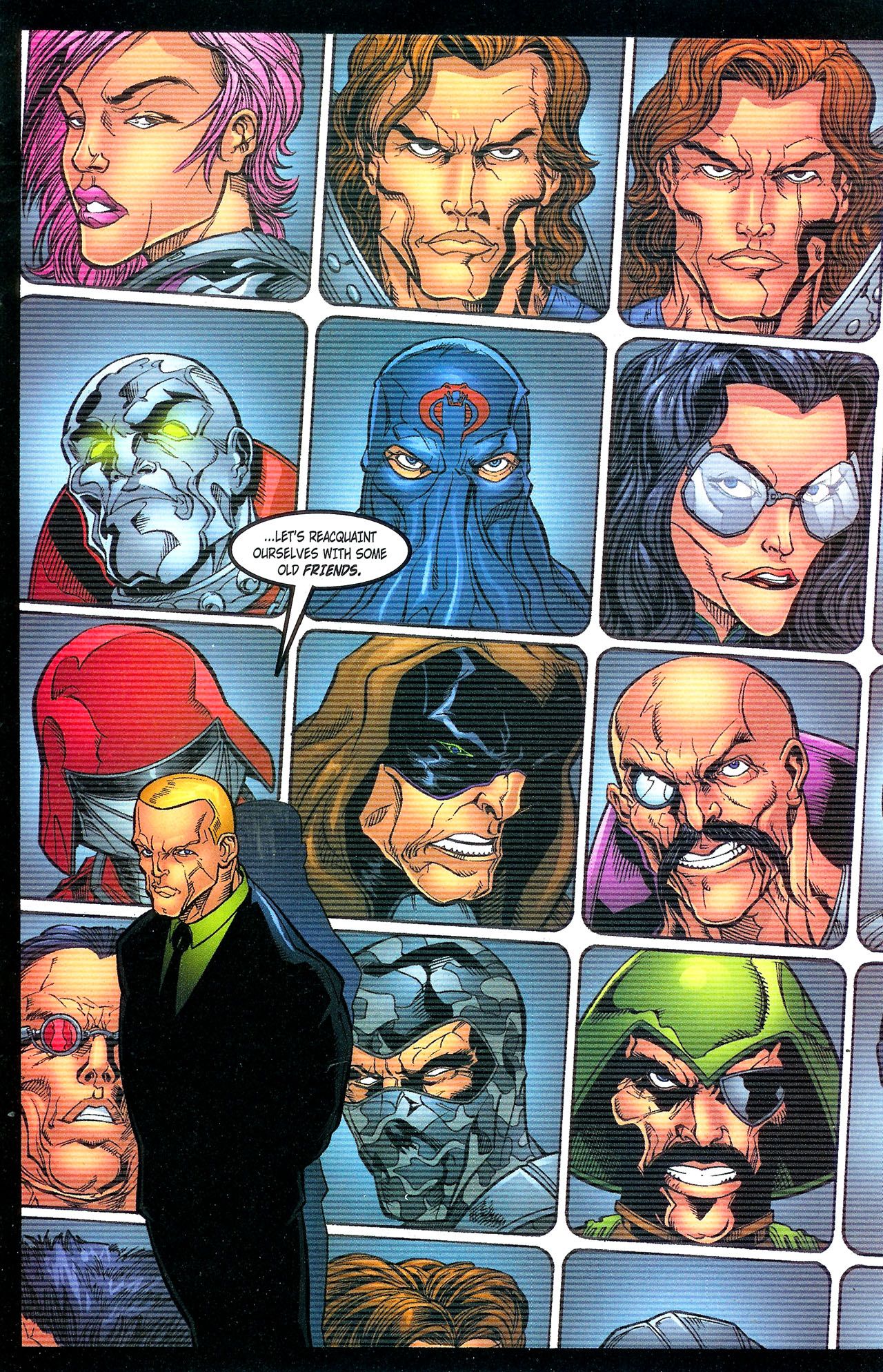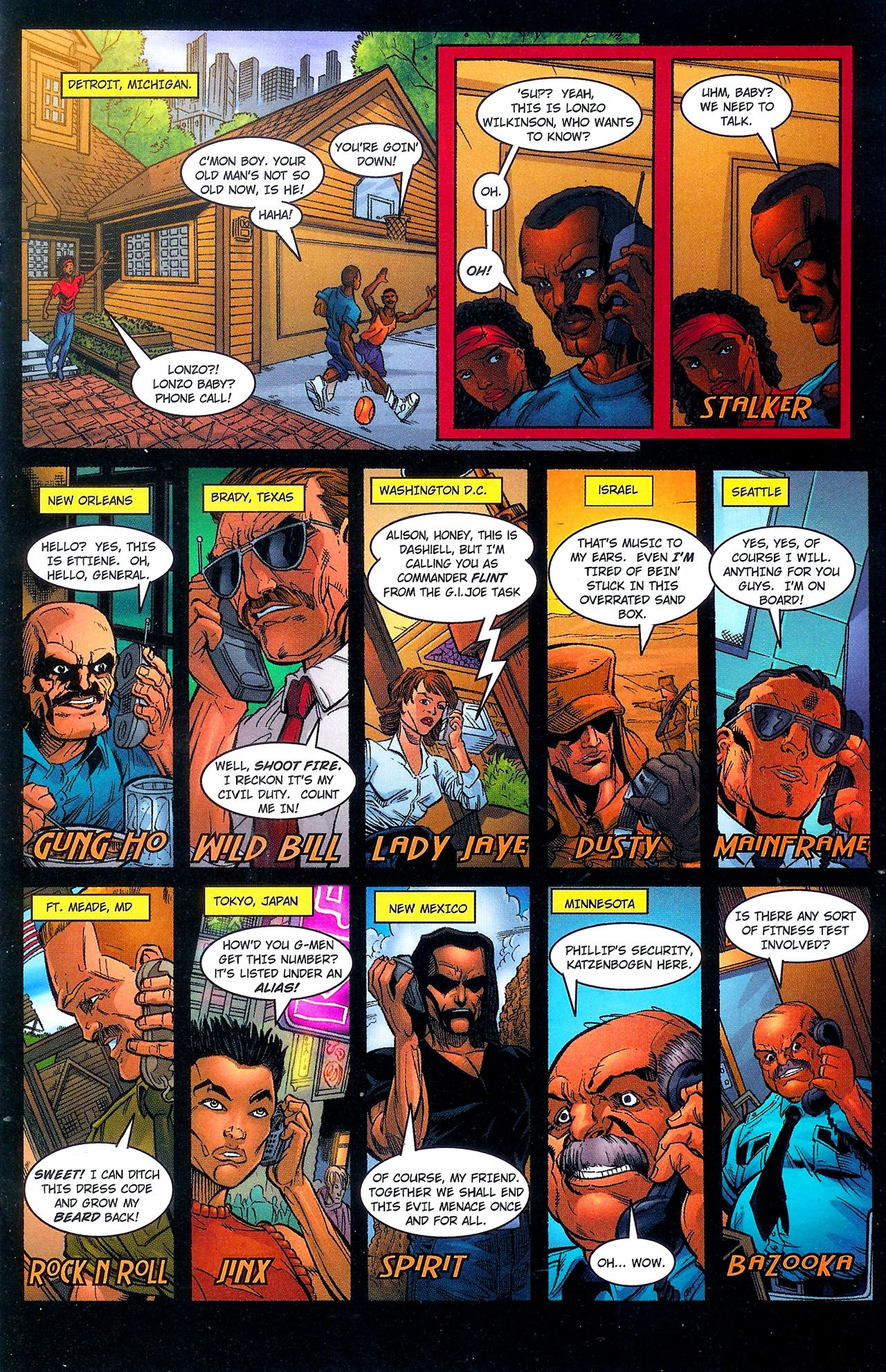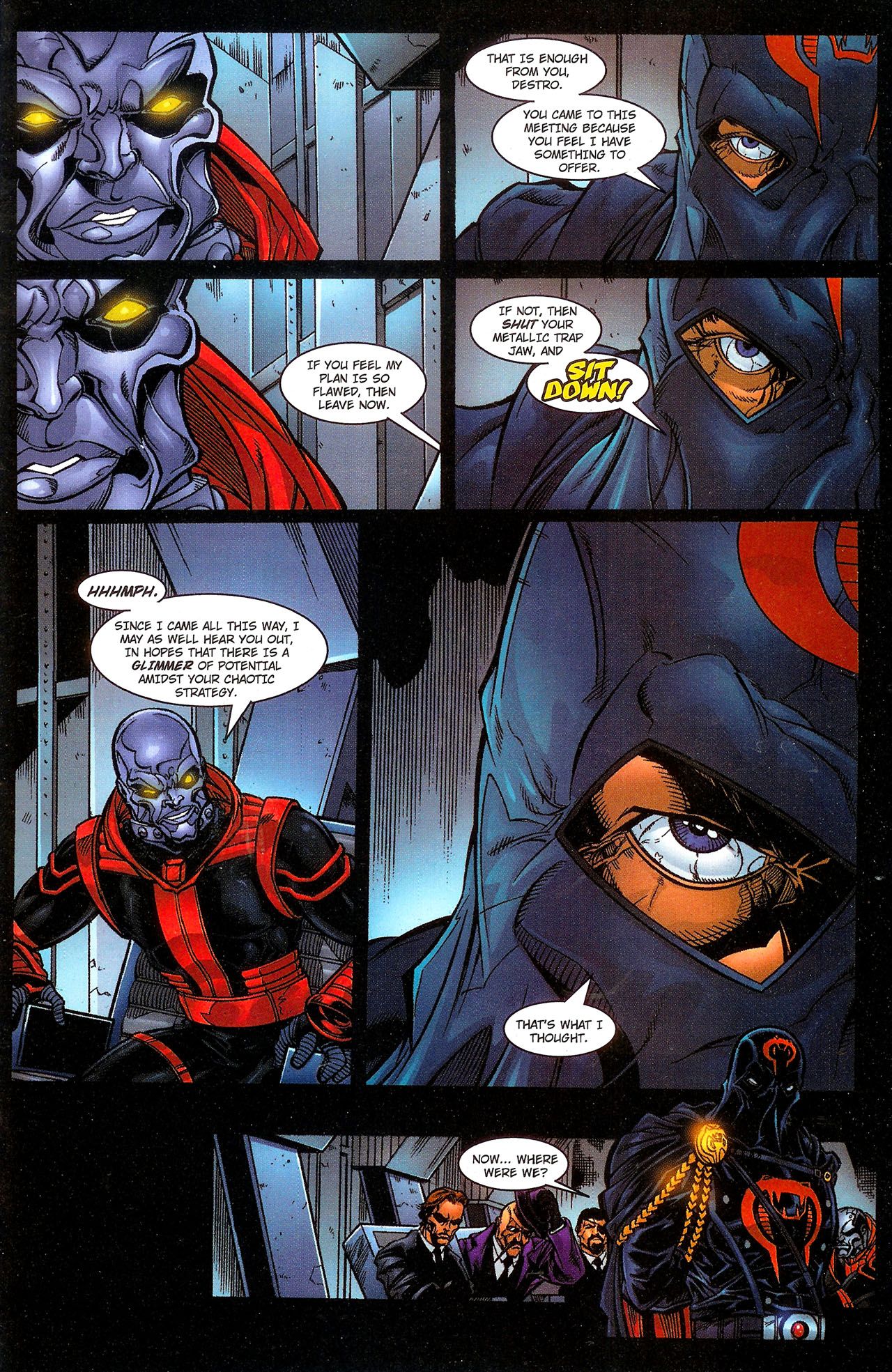Welcome to Nostalgia Snake's second installment, a look at the early 2000s revival of popular 1980s properties. This week, we're revisiting the first major launch of this era. One that coincidentally debuted during the revived wave of patriotism that followed the 9/11 attacks. And if you have any suggestions for the future, you can let me hear them on Twitter.
The Marvel incarnation of G.I. Joe ended in 1994, following a successful 12 -year run that also included numerous spinoffs and limited series. The bulk of this canon was written by Larry Hama, a Marvel editor who had also served in the military and was known for his unparalleled attention to research and detail. Even the ending of the series reflected reality, as the Joe team was shuttered amongst massive spending cuts to the military that came following the end of the Cold War.
Although Hasbro, the toy company that owns the brand, continually pushed the franchise away from realism, Hama was determined to ground his stories in some form of believability. The consistency of Hama's writing and the depth of the canon he created earned G.I. Joe: A Real American Hero a cult following years after the franchise's '80s heyday fizzled out.
As mentioned in the last installment, enthusiasm for these characters to return was foreshadowed by an article in Wizard, the preeminent fan magazine of the day. The editors commissioned popular artists to produce 2000s-cool renditions of 1980s properties from comics, toys and animation. Calling them "classic" at this date was perhaps excessive, but there was a growing sense that the audience was willing to view them as more than camp. The art pieces included Teenage Mutant Ninja Turtles as interpreted by Joe Madureira, and G.I. Joe penciled by J. Scott Campbell.
In 1998, J. Scott Campbell had launched a creator-owned series called Danger Girl. And while the book was clearly using Campbell's reputation for drawing Gen 13's cast of attractive females, another of Campbell's influences for the series was the 1980s incarnation of G.I. Joe. In fact, 2012 saw the release of a Danger Girl/G.I. Joe crossover series, which underscored the common bonds between the franchises. Campbell provided the covers, Danger Girl co-creator Andy Hartnell wrote the series, and former Danger Girl artist John Royle penciled the limited series. This was Royle's introduction to the world of Joe, where he remains a popular cover artist.
In 2001, G.I. Joe #1 launched from indie publisher Devil's Due, which itself was being published at the time through Image Comics. Likely inspired by the Wizard piece, J. Scott Campbell was on-board as the cover artist. A year later, Marvel hired Campbell to pencil covers for its series of reprints of the original 1980s series.
Campbell's art largely defines this era of the franchise. Even though it doesn't resemble Russ Heath's character designs for the animated series or any of the established comics artists like Ron Wagner, there is something "right" about Campbell's rendition of G.I. Joe. The cartoony element of his style fits the characters, while not trivializing the cast. In a way, it's reminiscent of McFarlane's reinvention of Spider-Man. The audience was accustomed to seeing the character with restrained, realistic anatomy, but in actuality, a more absurd take brought out elements few had considered before.
In 1998, Josh Blaylock founded Devil's Due Publishing as a commercial art studio before evolving into a small press comics publisher. Blaylock picked up the comics rights to G.I. Joe following a stillborn attempt in 1999 from another small publisher, Bench Press Comics, to revive the comic with writer Larry Hama and artist Ron Lim. Hama has always indicated he was never asked to write the Devil's Due series, even though the first issue is dedicated to him. Reportedly, Blaylock defended this decision by stating that he couldn't afford a writer after purchasing the rights, leaving him as the de facto scribe.
Blaylock arranged to publish the relaunched G.I. Joe through Image, releasing the first issue of an announced miniseries in October 2001. Artist Steve Kurth produces competent work over Blaylock's layouts, though he struggles at times, especially with rendering female characters. Regardless, the issue was an instant smash, outselling the majority of Marvel and DC releases that month.
The issue opens with a mystery figure (one bearing the distinctive tattoo of Storm Shadow and Snake Eyes' ninja clan) spying on the Dreadnok headquarters in the Florida Everglades. We discover in the years since the disbandment of G.I. Joe, the Dreadnok crime syndicate has flourished without the influence of Cobra. However, its leader, Zartan, suffers from a deteriorating skin condition and has left his teenage daughter Zanya in charge, much to the chagrin of the Dreadnoks. The spy, Kamakura, discerns that Cobra Commander is returning to the United States and contacts the Silent Master, a figure we soon learn is Snake Eyes, who has now taken on an elder role in the Arashikage Clan.
Snake Eyes conveys this information to Duke, who quickly reinstates the G.I. Joe team after seven years of inactivity. The core team consists of Flint, Scarlett, Roadblock, Shipwreck and Snake Eyes, while several other Joes are later invited to rejoin. Meanwhile, Cobra Commander calls together the remnants of Cobra, informing them of his plan to take over the United States with his new creation, nano-mites. Destro arrives fashionably late and launches a successful attempt to take control of Cobra when the Commander's guard is down.
The book exploits the seven real years that passed since the characters last appeared. Readers learn that Zartan has a teenage daughter, the Dreadnoks have expanded from a biker club to an interstate criminal empire, Snake Eyes has adopted an apprentice and left Scarlett at the alter, Stalker has started a family, Hawk has joined the shadowy cabal of generals known as the Jugglers, and Bazooka (a comedic foil in the cartoon rarely seen in the comic) has severely let himself go.
The original run was actually written in something close to real-time, with characters like Sean Collins debuting as a 10-year-old in 1984, then returning as a high school graduate questioning if the military is right for him in 1994's final issue. Acknowledging the passing of actual years gets pretty dicey when entering the new millennium, however, when you consider how many of these characters have backstories specifically tied to Vietnam. Dramatically, though, the decision adds some intrigue and an additional layer of realism to the story. As much as fans cling to their beloved eras, nothing ever stays the same.
One of Blaylock's goals with the new series was to incorporate elements from the 1980s cartoon, which was famously ignored by Hama's comics. This irritated a segment of readers, as there is something of a firewall between those two worlds in fandom. Some of the bones thrown to cartoon fans are pretty harmless, such as having Roadblock's introductory line be in rhyme, or incorporating Shipwreck, a star in the cartoon but barely a minor player in the comics.
More brazen is the reveal of a romance between Duke and Scarlett, an element of the cartoon but never the comics, where her heart belonged to Snake Eyes. Interestingly, Blaylock doesn't give Cobra Commander his sibilant "hiss," which is perhaps the most famous hallmark of the cartoon.
Although much of the comic is drawing upon nostalgia, there is an effort to update a few of the designs. A few of the additions seem arbitrary, such as giving Roadblock a prominent earring on the cover. More noticeably, Shipwreck's traditional Navy dress is now a SEAL outfit, and Spirit's stereotypical Native American garb (which Hama has stated he never liked) is replaced with a stealthy black suit.
Destro's daring ensemble from the '80s, often compared to something a disco-themed supervillain would wear, replaced with a less ostentatious look that still evokes the original. Most of these aren't bad design choices, especially considering how drastically Hollywood later tried to "modernize" these looks.
Even in this first issue, we see elements that have endured in the canon for years. Kamakura became the first character created by Devil's Due Publishing to be made into a figure by Hasbro in 2003. Later issues reveal his true identity as Sean Collins, the son of a Cobra agent and Snake Eyes' one-time Vietnam squadmate. Although Hama doesn't acknowledge the Devil's Due run in his new G.I. Joe stories for IDW, he did revive Sean Collins as a rookie Joe called Throwdown and uses him today as the latest ninja to don the mantle of Snake Eyes.
Zartan's daughter, Zanya, also became an official action figure years after this issue. Zanya, one of the few female Dreadnoks, was released in the Dreadnoks Battle Set for the 30th Anniversary line in 2011.
IDW has also published reprints of the Devil's Due series, even though it no longer reflects the "official" continuity. To many, these are placeholder comics that were biding time until the inevitable return of Larry Hama's canon. Still, the Devil's Due issues affirmed interest in the franchise and proved to the industry that abandoned 1980s properties still had some life in them.
Hey, my latest paranormal novel Love is Dead(ly) is now on Kindle Unlimited! Find out what happens when a cocky psychic finds himself trapped in the afterlife with the ghosts he's been chasing!

